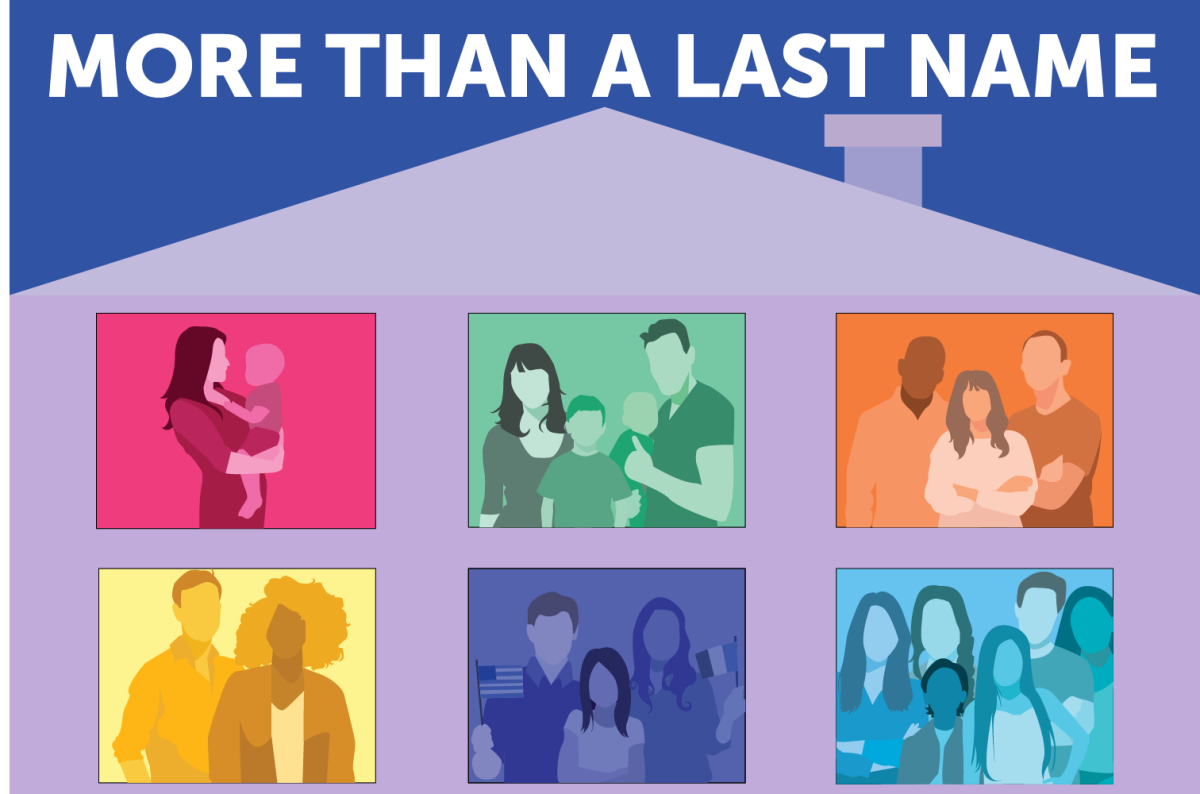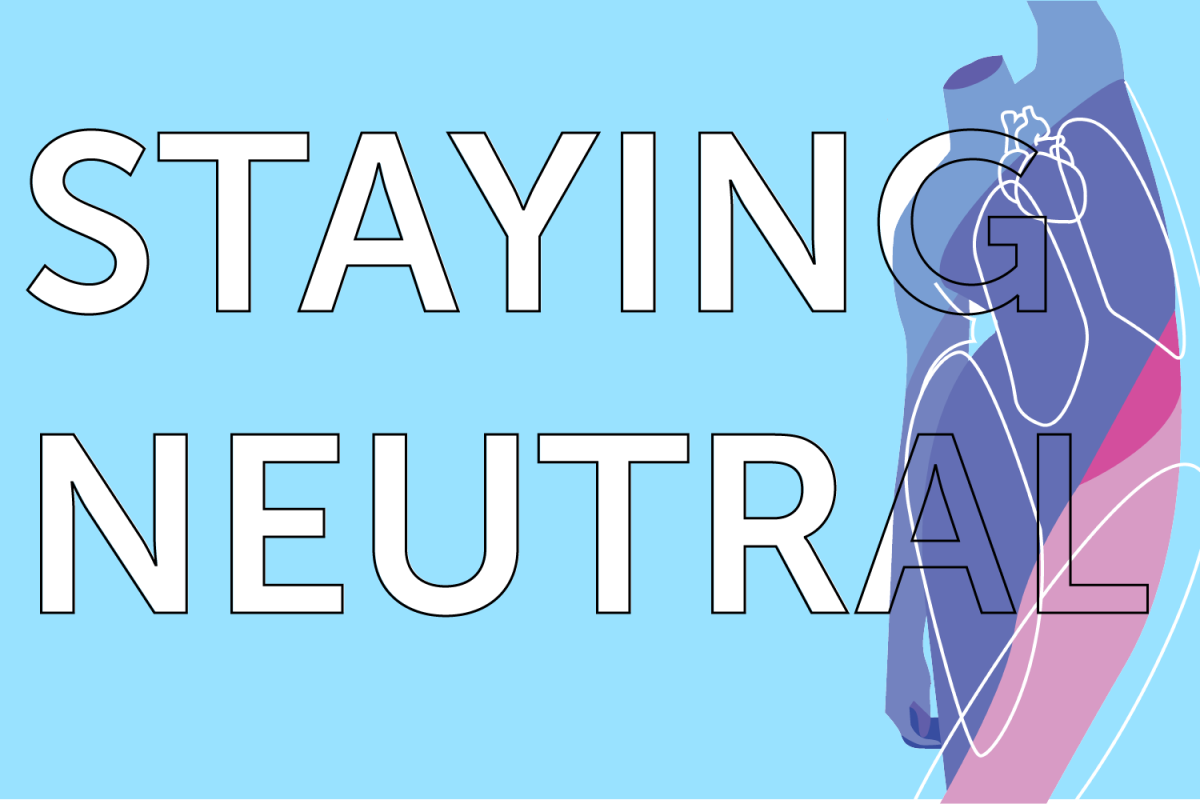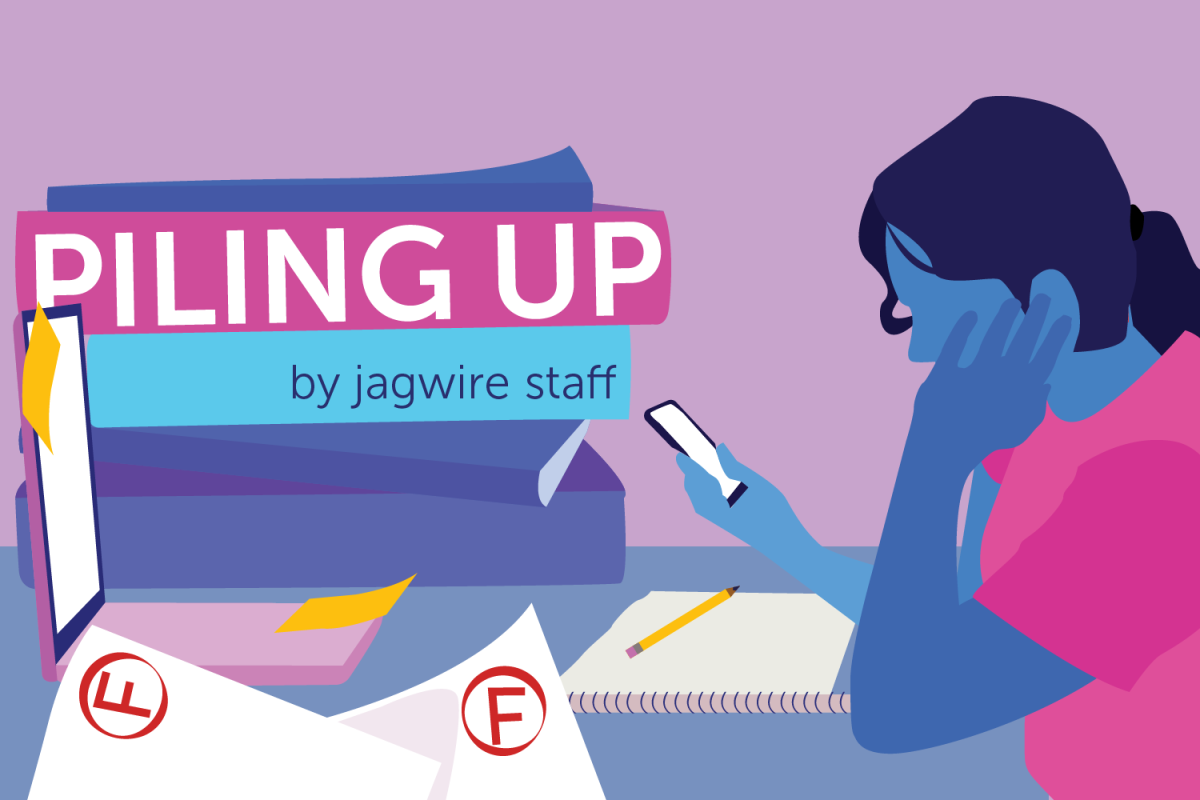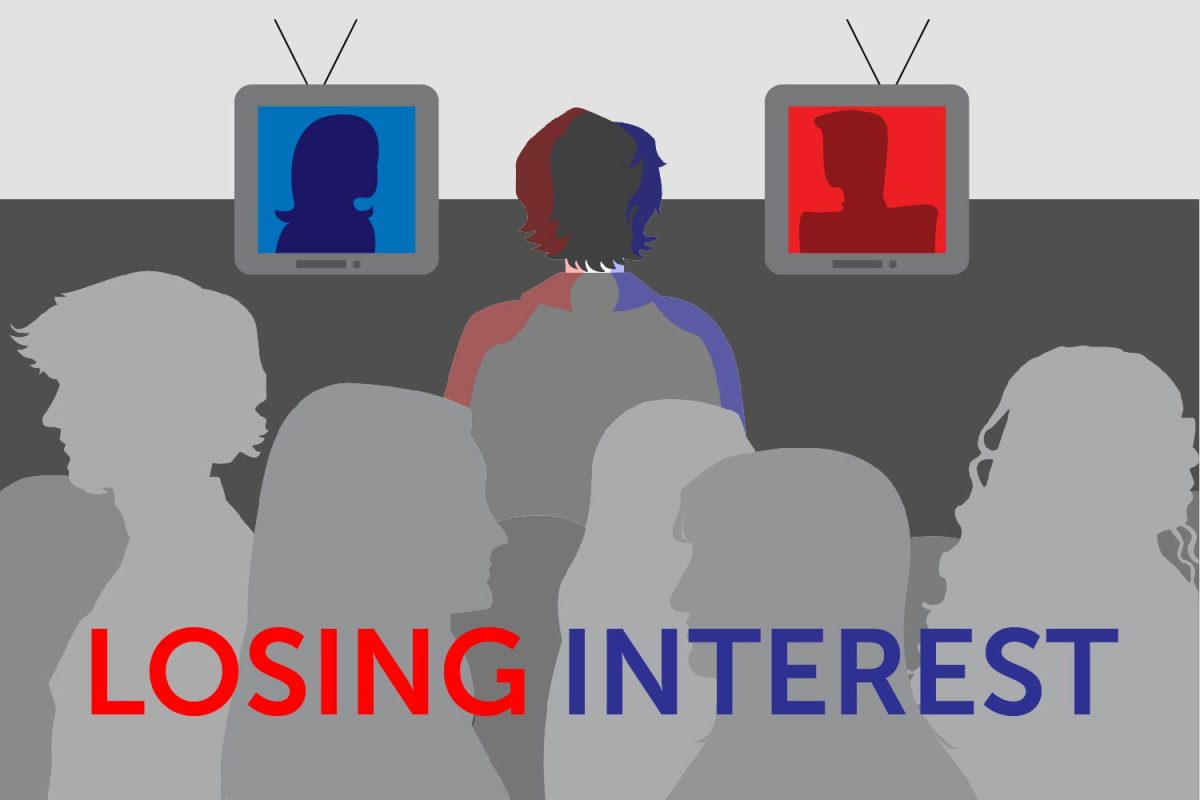News is everywhere with social media posts seeming to dictate what the truth is. Many people know that not everything they see online is trustworthy, but it can be hard to know the truth when constantly being bombarded with information.
While the term ‘fake news’ has been popularized, some articles that have false information are hard to spot. It’s easy to see a post that has a video attached, or a paragraph explaining what happened, and assume you can trust it. As NBC reported, a considerable amount of fake news online is just rumors that accounts spread before double-checking if what they’re posting is real.
Even verified media posts can be opinions or editorials, rather than objective news. The line between fact and opinion can start to become blurred. While amounts of fake news can end up taking over our feed, if you know what you’re looking for, you can spot fake content.
Making sure that verified accounts are sources that could be used on an English essay, like New York Times or The Kansas City Star, is a good way of being positive that sources for news are accurate. If you don’t recognize the name of the page or if the page posts other inaccurate content, that could be a good sign that the content is unreliable.
As with any form of news, it’s important to ensure that both sides of the story are equally represented by the source. Only seeing content from one political side prevents developing an informed opinion.
Unfortunately, with the way that social media works, the algorithm will most likely produce opinions you already agree with. Making sure to have all of the information, and not just one view, will prevent succumbing to misinformation.
However, all platforms of social media are different. Some are strictly regulated while others are relaxed with the content on their site. Meta has promised that their apps like Instagram and Facebook are more regulated when it comes to misinformation, but that doesn’t mean users should blindly follow all posts on Meta platforms.
Other social media platforms, like TikTok, are barely regulated, so the information should be taken with a grain of salt. A CNN article, published last year, explained how 20% of information on TikTok is completely false, and that when you use TikTok’s search engine, the first 20 videos are commonly false.
It’s important to stay informed, especially about relevant issues like wars or legislation which directly impact many lives. While finding the content about these issues on social media is possible, you don’t need to be focused on keeping up with every story, especially when a lot of news articles are negative.
This doesn’t mean students should be paranoid about everything online. Oftentimes, doing a quick Google search is all that’s necessary to verify information before sharing it with others. Fact-checking can also be done by going to other sites and seeing if they’re reporting on the same story.
As long as students don’t blindly trust stories and double check news that could be fake, social media can be a great way to stay informed about what’s going on in our world.









